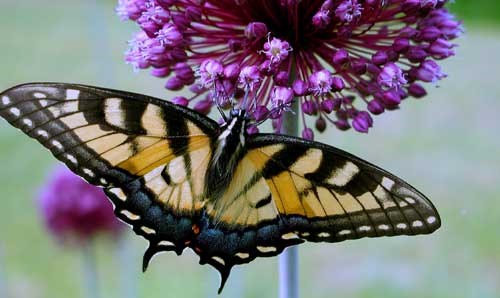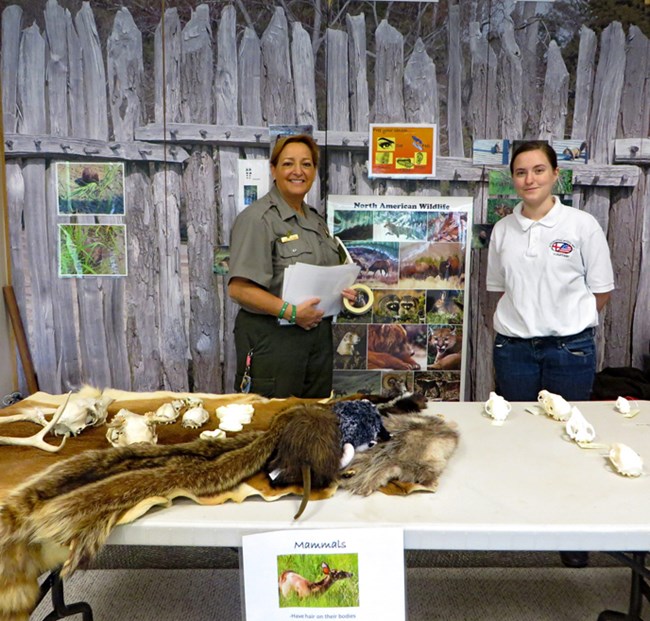|
More Than Just History 
Mark Lehman 
National Park Service At the time the park was established in 1930 much of the park's acreage was undergoing a succession from agriculture to woodland. Mature native trees were planted at specific points along the Parkway and its pull offs to provide a view. The current forests seen along the middle portion of the Colonial Parkway, the Yorktown Tour Road, and the Jamestown Tour Road have matured over the last 80 years.
Diverse groups of ecosystem lie within the historic roads, earthworks and archaeological sites, making it the home to many species of plants and wildlife. Over 200 species of birds have been observed in its various environments. Swamps and marshes offer rich environments for wildlife and plants, and shorelines provide important nurseries for fish, crabs, turtles, and oysters. It has the second highest number of species listed as rare, threatened or endangered within the Virginia national parks.
Within the Yorktown Battlefield, the tour roads wind through hardwood swamps and open fields. The open fields are retained primarily as an interpretive opportunity to explain how the troops used the open fields as encampments during the time of the Siege. However, the fields also serve as important habitat for many species of animals and plants. The roads are ideal for walking, biking, and bird watching.
Between Yorktown and Jamestown Island, the Colonial Parkway travels through wooded upland ravines, over marshes, and along the wide beaches of the James River. The tour road on Jamestown Island follows the fingerlike wooded upland ridge and crosses expansive marshes. On a quiet five-mile loop, the car traveler will share the roadway with bicyclists, hikers, birdwatchers, and photographers following the seasons of plant blooms.
|
Last updated: September 12, 2015

